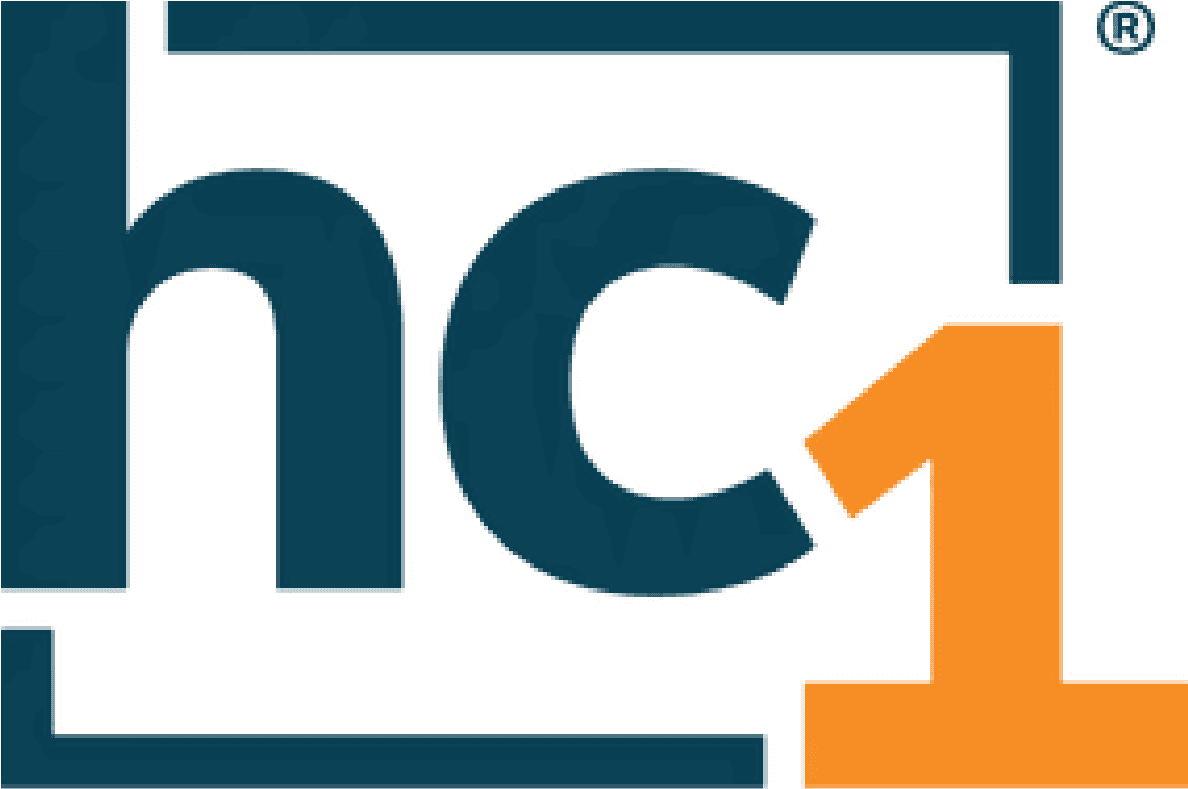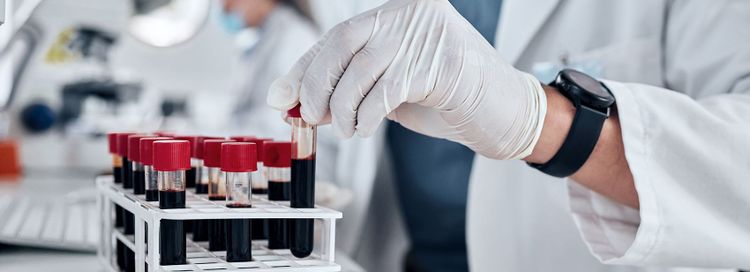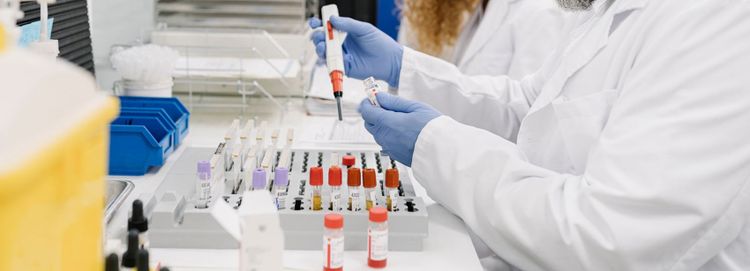April 12, 2022
Physician and provider burnout along with inadequate access to siloed medical data are hurdles healthcare faces today. With so much technology available, collected medical data can be organized and used more effectively and efficiently to help resolve the burdens placed on providers, as well as help identify important aspects of each individual patient. The benefit is getting the right test and prescription to the right patient for optimum health benefits.
3 Ways to Advance on a Path to Precision Health were shared during a Precision Medicine Leaders Summit (PMLS) webinar by Dr. Brian Patty, CMIO Medix Technology along with hc1’s Brad Bostic, Chairman and CEO, and Charlie Clarke, SVP of Technology, with moderator Nigel Russell, Editor, Journal of Precision Medicine. The webinar took place on Wednesday, March 30, 2022, and identified solutions to today’s healthcare challenges by focusing on precision health and the benefits of pharmacogenomics.
Brad Bostic indicated, “by empowering physicians and providers to better identify patient needs” utilizing collected medical data we can elevate the future of healthcare.
Knowledge and workflow are key in finding resolutions.
There are significant challenges. What is the best approach to the mountain of data collected by clinical labs and hospitals? How can data be organized when patients see multiple providers in various locations with information scattered between systems? Not to mention, providers are already limited with time in their current day-to-day workflow.
According to Dr. Patty, a key viable solution is adopting more Value-Based care vs. Fee for Service care. In other words, keeping people healthy vs. keeping people sick. Dr. Patty noted, “we tend to be disease-focused.”
Dr. Patty identified one solution, Pharmacogenomics (PGx), as having a much larger ability to resolve some of the issues providers face today and bring a higher level of care to patients. Patty went on to say, “PGx testing as part of precision health can impact drug exposure and clinical response variabilities, identify the risk for adverse events and provide insight for genotype-specific dosing.”
Relying on a patient’s family history doesn’t tell the story of a person’s ability to tolerate medications which results in a trial and error prescribing methodology. Implementing precision testing and precision prescribing as a regimented part of patient care can provide exceptional benefits to both patient and provider.
Brad Bostic agreed and said, “thirty years ago people saw one physician and that physician had all the records for his/her patient in one file in front of them to look over the history of the patient.” Bostic went on to say, today, we have siloed digital records and information and multiple specialists and providers in various locations that have fragmented patient information making it difficult to have a total view of a patient in one location, not to mention we also have much more advanced diagnostic techniques and options making it a challenge for the provider to know how best to support the care delivery process.
“It can be overwhelming,” Bostic said of providers today, “huge amounts of electronic health records stored in multiple locations throughout health systems and labs make it more difficult for providers to have all the right information at the right time.” Bostic went on to say, “we can turn things around and utilize this technology to provide an even higher level of care by gathering and organizing the data from all areas and getting it in front of providers in real-time for each patient.
According to Dr. Patty, a healthcare technologists' job is to seamlessly deliver patient information data to the provider. Providers shouldn’t have to gather it. Technologists can capture the data from all the disparate sources, aggregate it and turn it into knowledgeable decision-making tool providers can access easily and offer that knowledge as part of the patient care process.
The incentive to make the best possible care decision that’s going to drive all these activities to support the systems and integrations at the right time to the right person and instantly reveal the best health option a physician may not otherwise be made aware of. This will help improve the future of healthcare.
“hc1 has been able to build in the intelligence of the smartest laboratory experts and clinicians to instantly analyze all the diagnostic testing across an entire health network. This automatically identifies and prompts clinicians on the tests they should not be doing and the tests they should be doing, to get people diagnosed more effectively, more efficiently and sooner. The result is getting people on the right medications and navigating a process that results in a better outcome,” Bostic said.
But where does a healthcare organization begin when it comes to the first steps of getting data organized and aligned so that providers can easily access it? According to Charlie Clarke, “just start. You’re always going to be dealing with hurdles, but you could begin with, for example, prescribing information, which makes it easier to then bring in additional data to continue working throughout a system. The most important thing is to just get started and grow from there.”
Clarke went on to say, “EMR is likely the best place to begin, because it’s where there is access to the broadest range of data today, making the cross-system integration more effective and cleaner from a data standpoint and being able to get it back to a provider in the right time.”
Where do you think you would like to start? If you’re ready now, hc1 can help, Just contact us. You can also watch the full webinar on-demand and learn more in-depth information.












